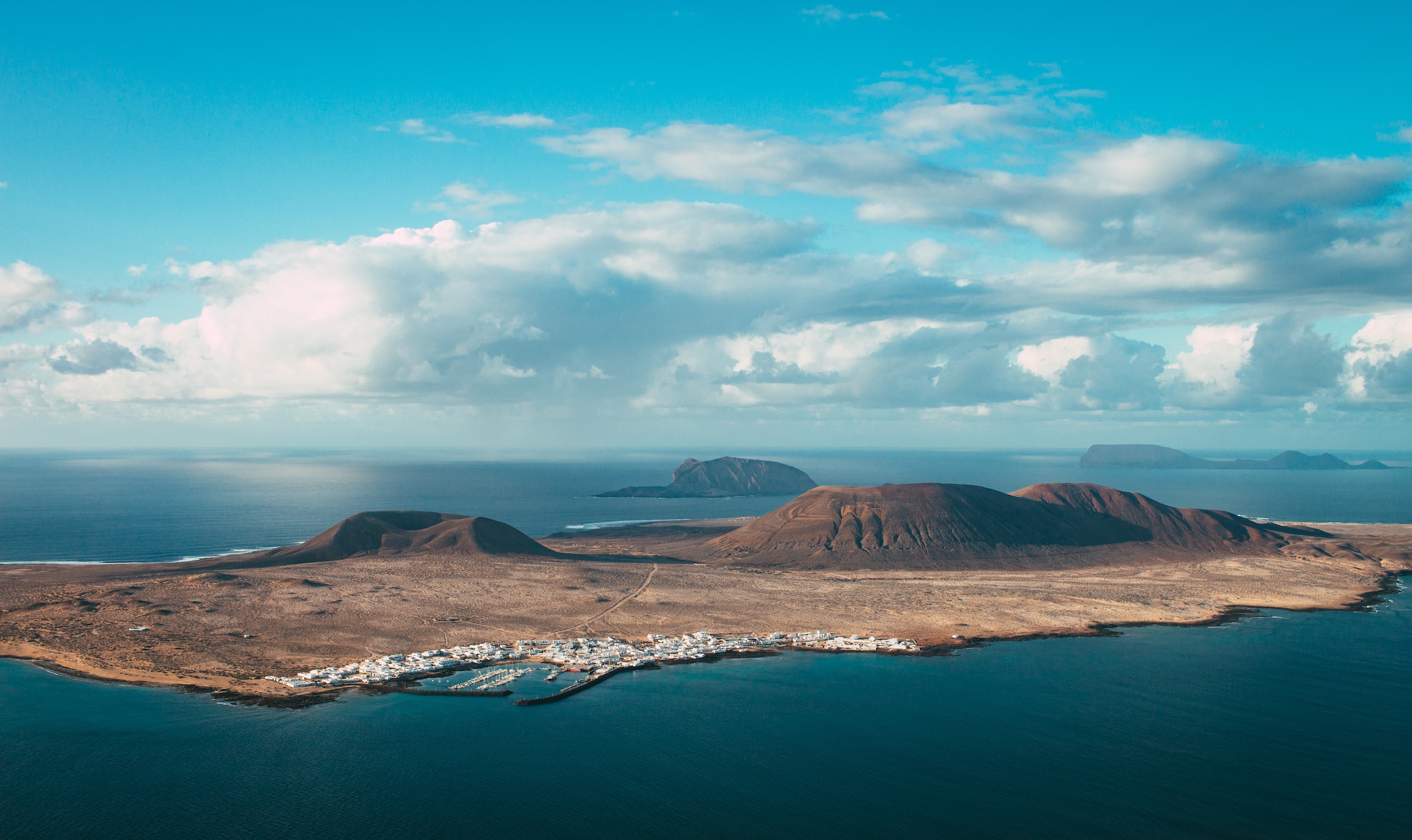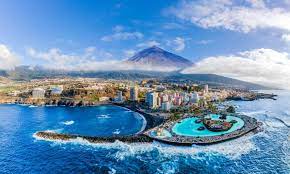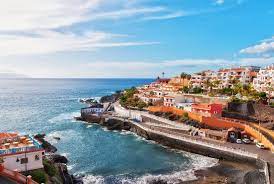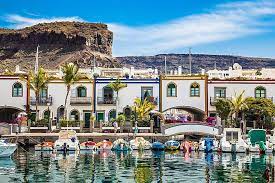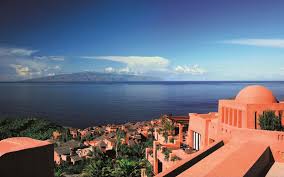The Canary Islands, also known as the Canaries, are a Spanish archipelago located off the northwest coast of Africa. This volcanic archipelago consists of seven main islands: Tenerife, Gran Canaria, Lanzarote, Fuerteventura, La Palma, La Gomera, and El Hierro. The Canary Islands are known for their stunning natural landscapes, year-round pleasant climate, beautiful beaches, and unique flora and fauna.
Each of the Canary Islands offers its own distinct charm and attractions. Tenerife, the largest and most populous island, is home to Spain's highest peak, Mount Teide, which stands at 3,718 meters (12,198 feet) and is a UNESCO World Heritage site. The island boasts a diverse landscape, from lush forests to lunar-like volcanic landscapes. Tenerife also offers popular tourist resorts, beautiful beaches, and vibrant nightlife.
Gran Canaria is known for its picturesque sand dunes, stunning beaches, and vibrant capital city, Las Palmas. The island offers a mix of natural beauty, including mountains, valleys, and coastal cliffs, along with charming towns and villages to explore.
Lanzarote showcases a unique volcanic landscape with its Timanfaya National Park, where visitors can witness geothermal activity and take part in guided tours. The island is also famous for its art and architecture influenced by local artist César Manrique.
Fuerteventura is renowned for its long stretches of sandy beaches and crystal-clear waters, making it a popular destination for water sports enthusiasts, particularly surfers and windsurfers. The island's natural beauty, including its desert-like landscapes and protected nature reserves, adds to its appeal.
La Palma, often referred to as the "Beautiful Island," is known for its lush forests, volcanic landscapes, and impressive stargazing opportunities. The island is a UNESCO Biosphere Reserve and offers numerous hiking trails and natural attractions.
La Gomera is a tranquil and unspoiled island with dense forests, deep ravines, and charming villages. It is a paradise for nature lovers and hikers, offering a peaceful escape from the bustling tourist areas.
El Hierro, the smallest and westernmost island of the Canaries, is a UNESCO Biosphere Reserve known for its pristine natural environment and sustainable tourism practices. The island offers opportunities for diving, hiking, and enjoying the peace and tranquility of its surroundings.
The Canary Islands boast a mild climate throughout the year, making them a popular destination for sun-seekers and outdoor enthusiasts. The islands offer a range of activities, including water sports, hiking, cycling, golfing, and wildlife watching.
The Canarian cuisine is influenced by its geographical location and offers a mix of Spanish, African, and Latin American flavors. Local specialties include papas arrugadas (wrinkled potatoes), mojo sauces, fresh seafood, and goat cheese.
